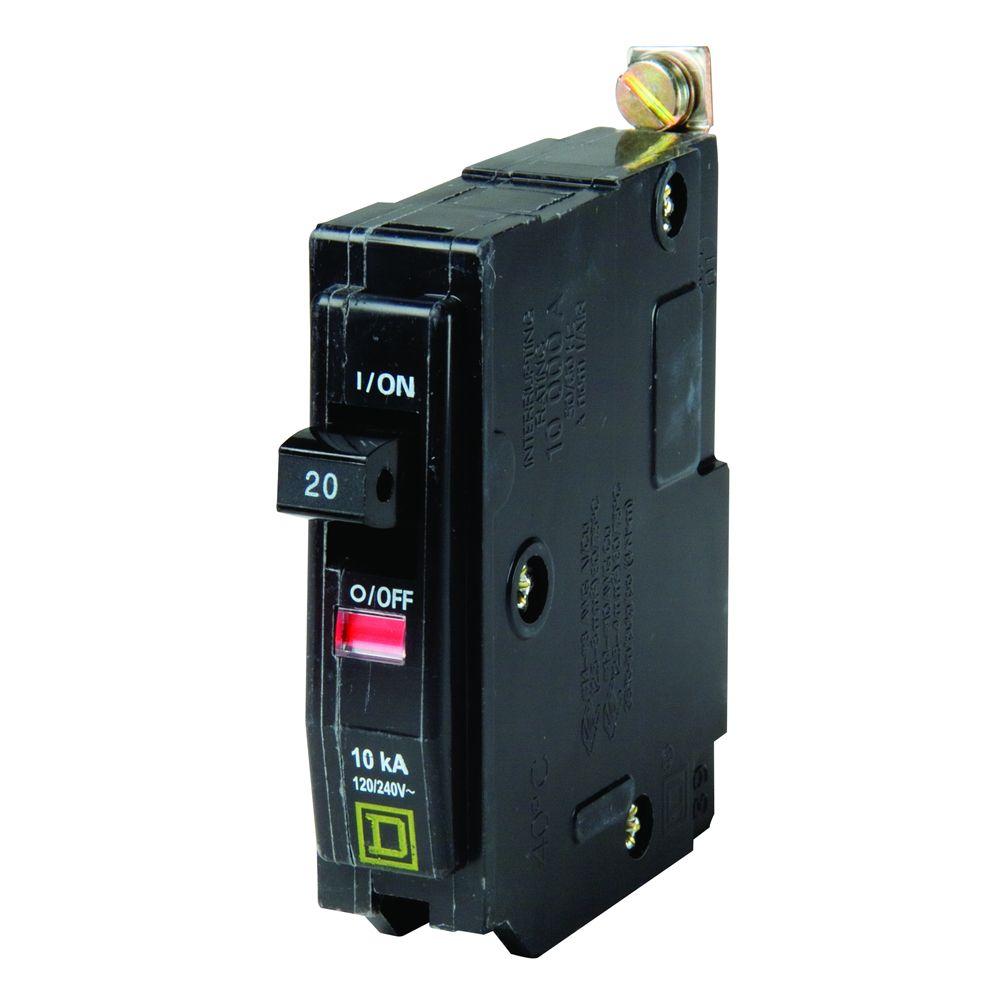

This prevents fires, power surges, and overheated wires. An electrical current flows through a circuit (in this case, let’s say it’s a 20 amp circuit).Īs this happens, the circuit breaker electrically “senses” if the current can be handled and automatically shut off to stop the flow of power if it’s too much. Remember that amps (technically called amperes) are the unit of measurement for electrical current. If you’ve ever had to manually turn off a circuit with the breaker in an electrical panel, you might be familiar with the simple function of these safety devices: They stop the flow of power in emergencies. This doesn’t pose any safety issues, but plugging in a large appliance or tool that needs a 20 amp circuit, like microwaves or power saws, can overload a lesser circuit (like 15 amp circuits) with a power surge and “trip” the circuit breaker. You may have outlets throughout your home that are part of a 20 amp circuit, but never even get close to using that much current (like lamps and coffee makers). It means this is the maximum amount of current that the circuit can safely handle. When you see the amp rating of a circuit (such as a 20 amp circuit), this doesn’t mean that there are constantly 20 amps of current flowing through it. If you were to use 14 gauge wiring on a circuit that carries 20 amps of current, you would overload the circuit and potentially cause a fire, overheat the wires, or a power surge. If you’re using a 20 amp circuit, you need at least 12 gauge wiring. There is a smaller gauge, 14 gauge, that can only carry up to 15 amps of current. It also gives guidance on how many outlets (receptacles) can be installed on the circuit without overloading it.Ī 20 amp circuit is always connected to 10 gauge or 12 gauge wire.

It also considers the amp rating of the circuit breaker connected to it. The amp rating of a circuit is related to the wire sizes used in the circuit. This tells you how much current can safely flow through them because amps (amperes) are the unit of measurement for current. Most devices (outlets and lights) in your home are rated as 15 amp or 20 amp. In a 20 amp circuit, “20 amp” refers to its amp rating, or how much current can flow through it. To explain the reason behind these limits, we need to start with the circuit itself and what its purpose is in your home. How many outlets can be put on a 20 amp circuit safely? A rule of thumb is to factor a maximum draw of 1.5 amps to each receptacle, which means you can put 10 outlets on a 20-amp circuit.īut a few things affect that n umber.
#20 amp breaker professional
If you’re remodeling or having a new home or electrical installation inspected, you may be wondering how many outlets can be put on a 20 amp circuit.įind the answer, other vital things to consider, and tips on finding a professional to ensure your home complies with local and national electrical codes here in our guide.


 0 kommentar(er)
0 kommentar(er)
